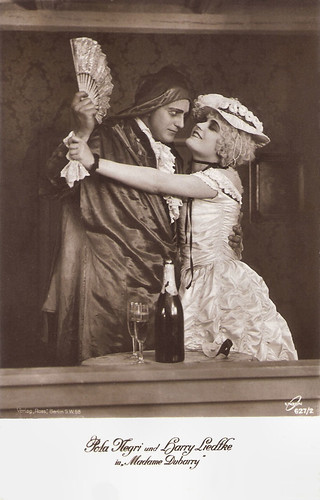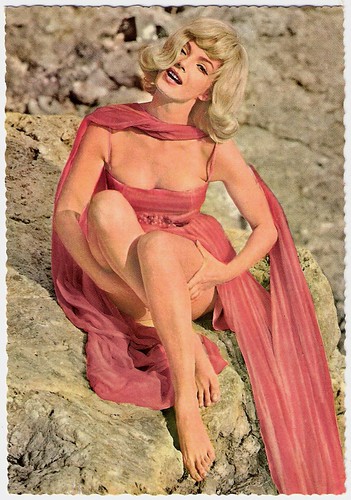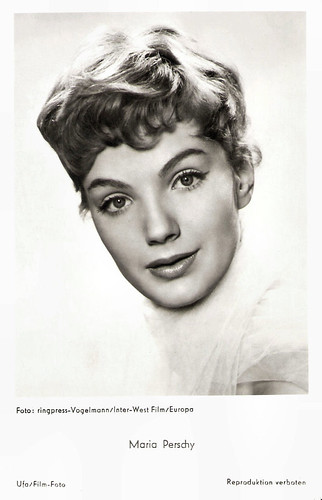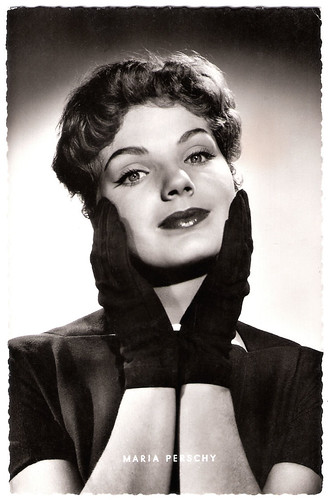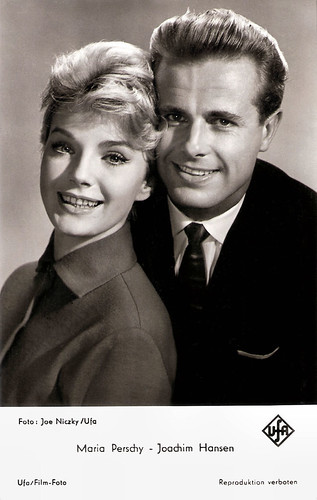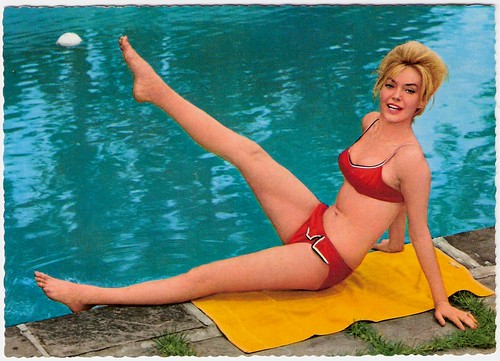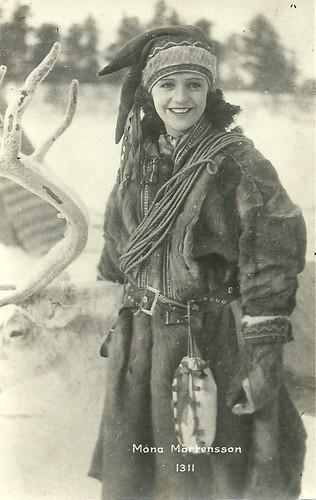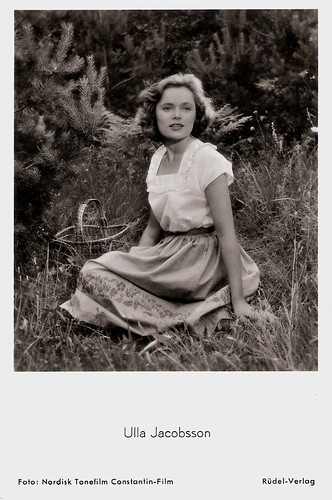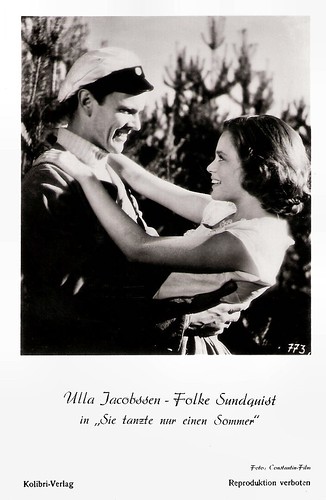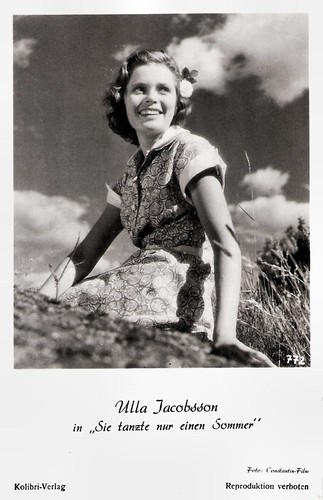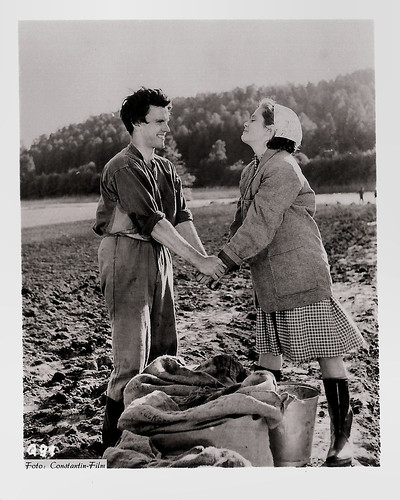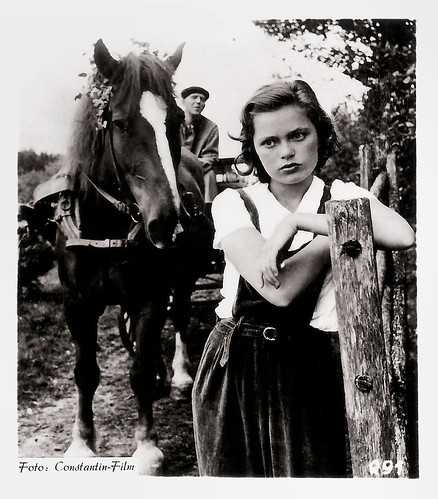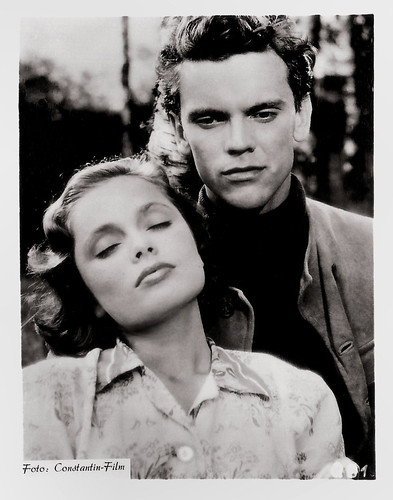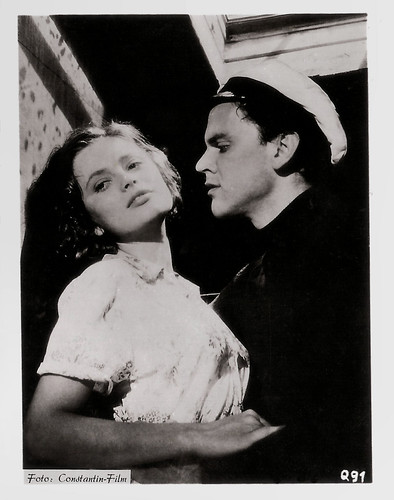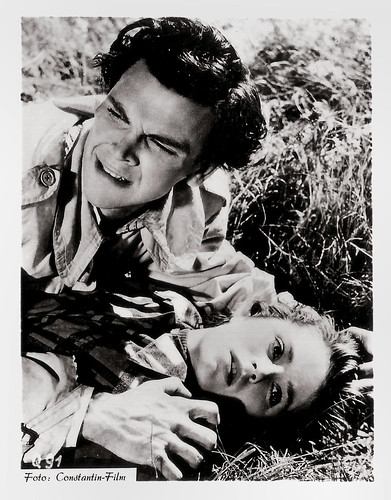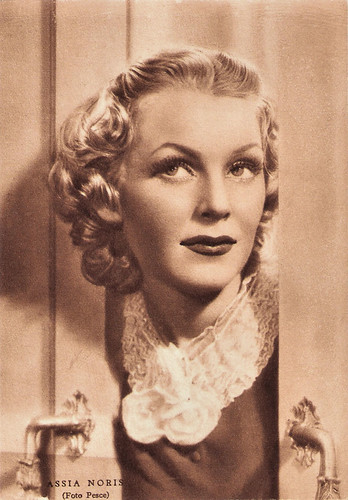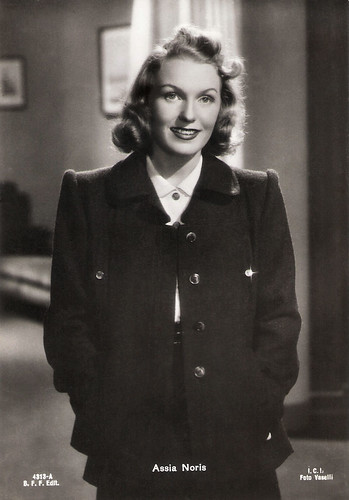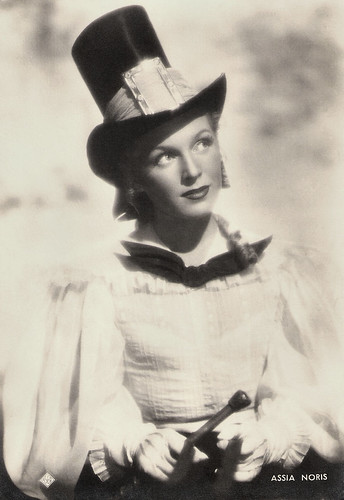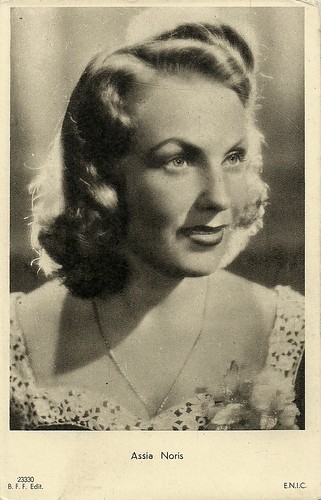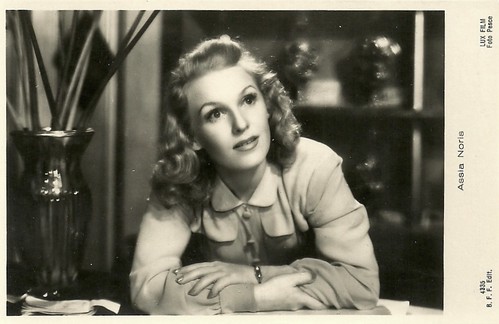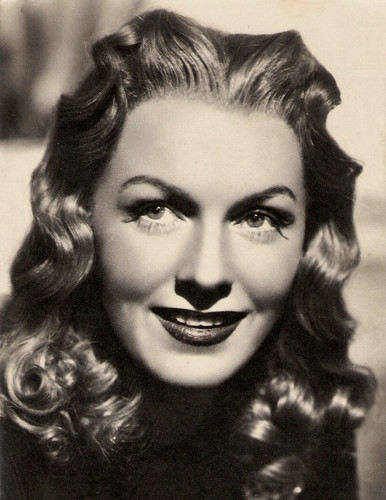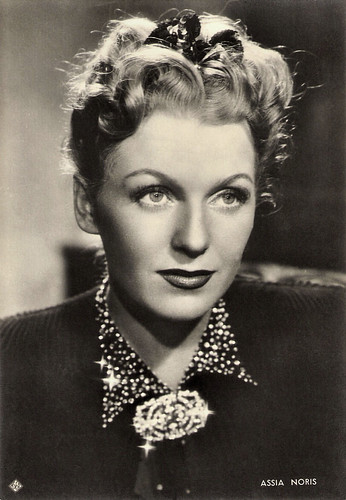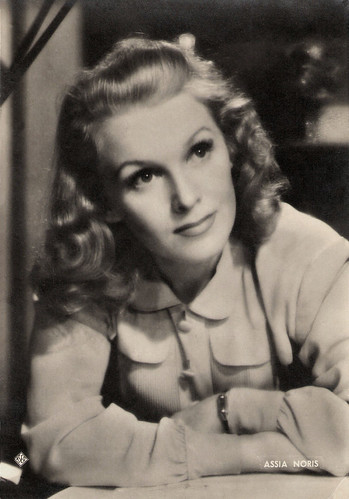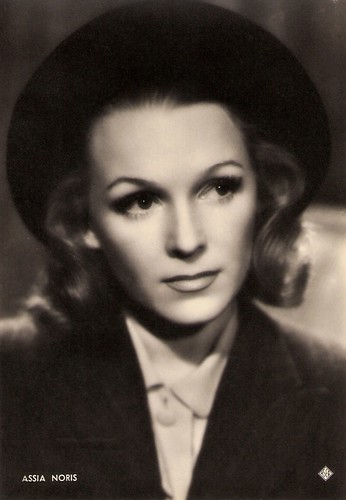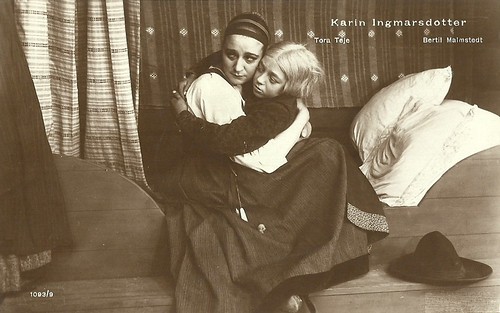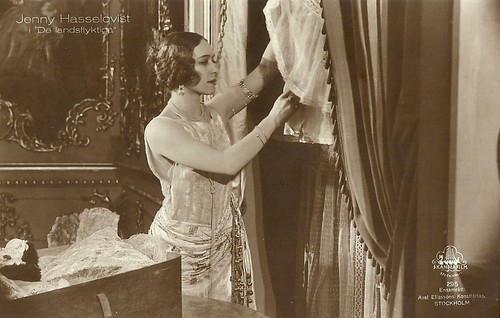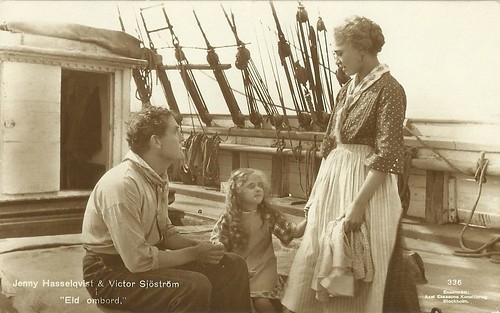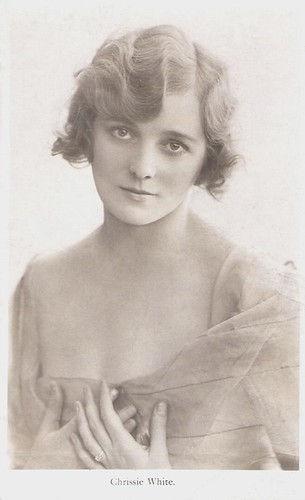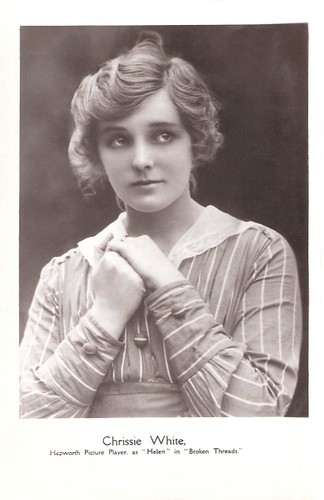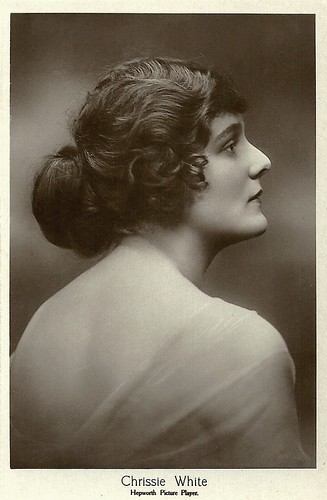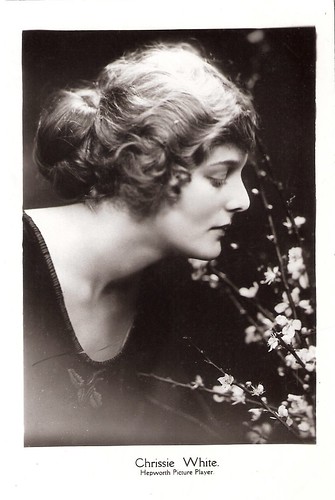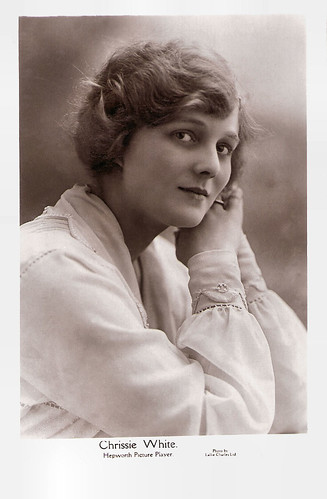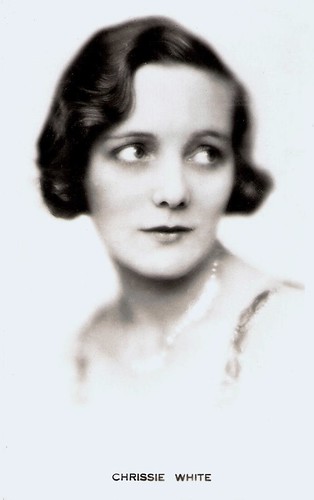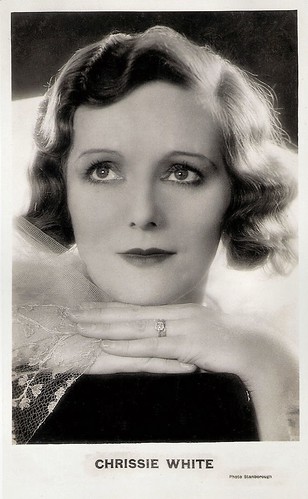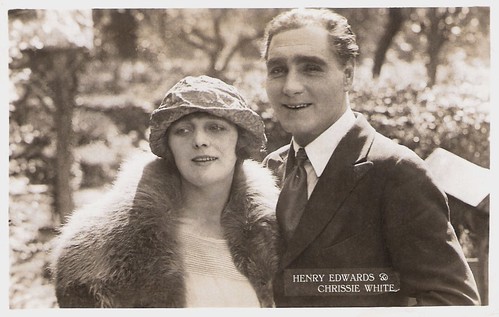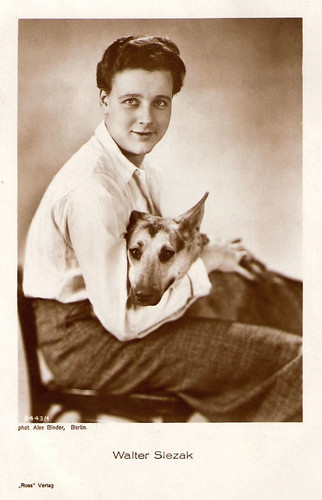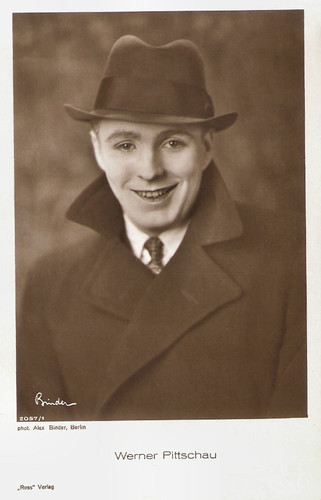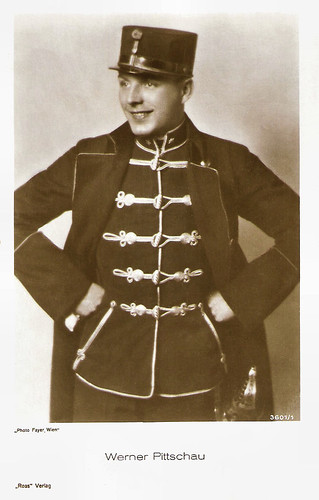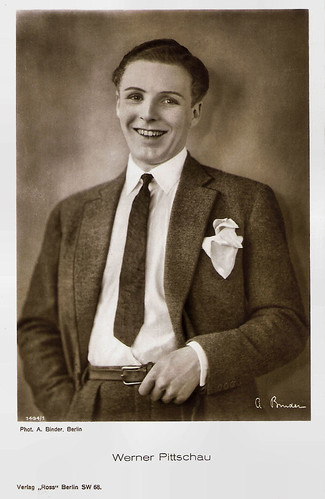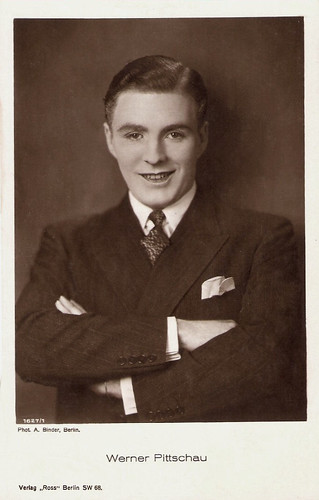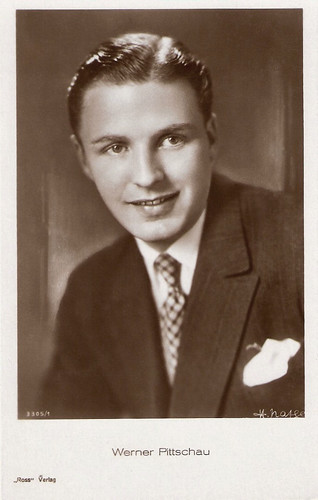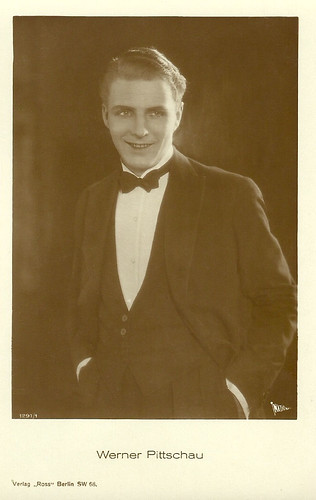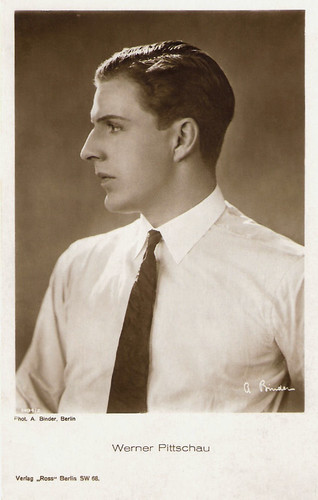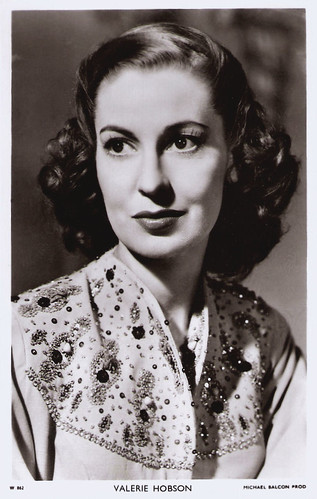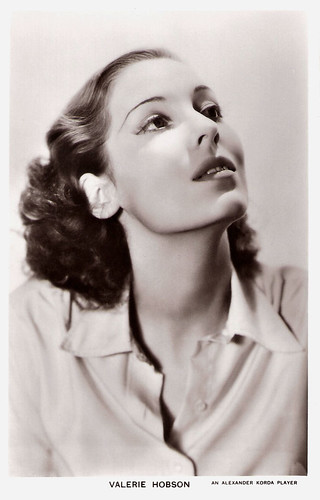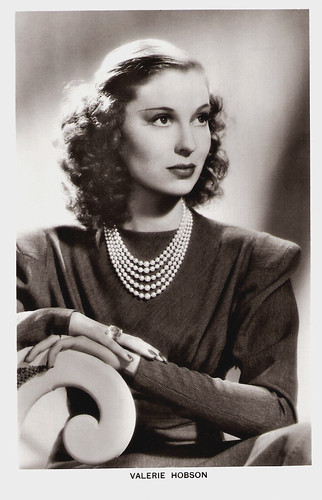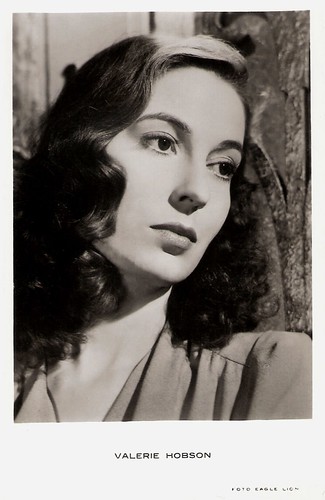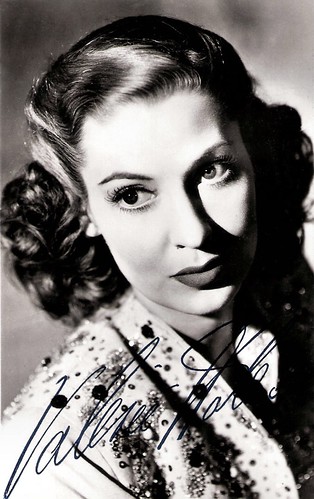Belgian stage and screen actress Berthe Bovy (1887-1977) was a regular performer at the Comédie Française since 1907. She also acted in some 30 early silent films, mainly for Pathé, and in some 20 sound films between the 1930s and early 1970s. Bovy also worked for TV.
![Berthe Bovy]()
French postcard by Edition Pathé Frères. Photo: Félix. Caption: Mlle Berthe Bovy of the Comédie Française.
Berthe Bovy, sometimes known as Betty Bovy, was born in 1887 in Cheratte, now part of the commune of Visé, in the province of Liège. Berthe was the daughter of Théophile Bovy, journalist, poet and playwright and best known as writer of the official anthem of Wallonia, Le chant des Wallons.
He made sure that his daughter was playing small roles already at the age of six in the Liège theaters. When she was thirteen, her father arranged by his friend, the composer Reynaldo Hahn, a personal encounter with her idol Sarah Bernhardt. After this meeting, Bovy decided to enroll at the Royal Conservatory in Brussels, where she was in the class of Jeanne Tordeur, a former actress of the Comédie-Française. From 1904 to 1906 she studied further at the Paris Conservatory where she attended the class of Charles Le Bargy.
After a few minor roles played at the Théâtre de la Gaîté and Théâtre de la Porte Saint-Martin, she starred alongside Sarah Bernhardt in the play L'Aiglon (The Eaglet) by Edmond Rostand. In 1907 she joined the Comédie-Française and she debuted there with a small role in the play Monsieur Alphonse by Alexandre Dumas fils. A first leading role she got in Le Baiser (The Kiss), an opéra comique by Adolphe Deslandres in which she took a transvestite role.
Her breakthrough as an actress came shortly thereafter in La Cousine Bette by Honoré de Balzac. In 1920 she became an effective member of the Comédie-Française. The following year she garnered much success with the play La Terre during her tour. At the Comédie-Française, she created roles in several plays by e.g. Maurice Maeterlinck, Tristan Bernard and Luigi Pirandello. Among her pupils were Madeleine Renaud, Fernand Ledoux, and her third husband, Pierre Fresnay.
![Berthe Bovy]()
French postcard by ND Phot., serie 14, no. 5. Photo: H. Manuel. Première Missive: Poses by Mlle Berthe Bovy [misspelled as Body] from the Theatre Sarah Bernhardt. Caption: One would say I just accomplished a grave action, while it is exciting to think that this small wax print will protect my biggest secrets.
![Berthe Bovy]()
French postcard by ND Phot., serie 14, no. 2. Photo: H. Manuel. Première Missive: Poses by Mlle Berthe Bovy [misspelled as Body] from the Theatre Sarah Bernhardt. Caption: Am I reasonable to write him at his place? He always forbid me so, yes, but I could not stand it any more, I poured out my soul; whatever may came of it, I moisten this...
In 1930 Berthe Bovy was very successful with the drama La Voix humaine (The Human Voice) which Jean Cocteau had written for her and in which she took on the role of a woman talking on the phone for the last time with her lover who has just dumped her to marry another.
Cocteau was smitten with her and said she vibrated like a Stradivarius violin. The one-act play was registered on two 78" records the same year by Columbia. In 1957, Bovy would do a second recording for Pathé.
In 1942, during World War II, Berthe Bovy refused to participate in a tour through Germany. Therefore she had to leave the Comédie-Française. Bovy then acted in boulevard theatre pieces such as Arsenic and Old Lace by Joseph Kesselring and created for the first time the role of an older dignified, spirited lady.
In 1946 she was reinstated in her honour and after she was admitted to a honorary membership, she went back to work at the Comédie-Française in 1950. Until 1963, she played roles in plays by e.g. André Gide.
Her last role at the famed theatre house was in Mary Stuart by Friedrich von Schiller in 1963. In 1967 at the age of eighty, with the role of Madame Pernelle in the play Tartuffe by Molière, she took farewell to the stage.
![Berthe Bovy]()
French postcard. Photo: G.L. Manuel Frères. Caption: Berthe Bovy, Sociétaire de la Comédie Française.
How major was Berthe Bovy's film career? While Wikipedia claims that Bovy played roles in a hundred silent films, IMDb only mentions some thirty titles.
In 1908 she debuted on the screen as a page in L'Assassinat du Duc de Guise, the first Film d’Art film, which brought prestige to the new medium of cinema, and attracted stage actors such as Charles Le Bargy, Gabrielle Robinne and Albert Lambert.
After that she became a regular actress at Pathé Frères in mostly historical dramas. Her first lead role was Queen Margaret of Valois in La reine Margot/Queen Margot (Camille de Morlhon, 1910). While De Morlhon, André Calmettes and Albert Capellani directed her in historical films, she also acted in modern dramas by Gerard Bourgeois and others.
Her main co-actors in her Pathé years were René Alexandre, Louis Ravet and Gabrielle Robinne. Until early 1914 Bovy had a steady output at Pathé of 8 to 10 films per year, but then quitted the silent screen and only returned in 1921 for the part of La Trouille in the film adaptation of La Terre by André Antoine, who just before had toured with the theatrical adaptation.
After a long absence, Bovy returned to the screen when sound film had been well established. Between 1938 and 1971 she played in twenty sound films and worked with directors such as Julien Duvivier and Christian-Jaque.
She was notable as Mme Bonnet in Boule de suif (Christian-Jacque, 1945). In L'Armoire volante (Carlo Rim, 1948), Bovy played alongside Fernandel, while in Rim’s La Maison Bonnadieu (Carlo Rim, 1951) she acted opposite Bernard Blier, Danielle Darrieux and Françoise Arnoul.
Other memorable titles were Le Joueur (Gerhard Lamprecht, Louis Daquin, 1938), and Fantômas contre Fantômas (Robert Vernay, 1948). In the 1960s, Bovy also played several roles in plays and serials on television.
Berthe Bovy was married and divorced three times, first to Charles Gribouval, secretary of the Comédie-Française, secondly with artist Ion Anton Ion-Don, and thirdly, in 1929, with Pierre Jules Louis Laudenbach, better known by his stage name Pierre Fresnay.
Berthe Bovy died in 1977 at Montgeron in France and she is buried in Liège, Belgium.
![BOVY, Berthe_A. Christensen. 28. Comédie Française. Photo Tabbit]()
French postcard by FA, no. 28. Photo: Talbot. Collection: Manuel Palomino Arjona (Flickr).
![Berthe Bovy_Comoedia (Nos Artistes dans leur Loge; 238)]()
French postcard by Comoedia in the Nos Artistes dans leur Loge series, no. 238. Photo: Comoedia. Collection: Manuel Palomino Arjona (Flickr).
Sources: Cine-Ressources, Wikipedia (French, Dutch and English), and IMDb.

French postcard by Edition Pathé Frères. Photo: Félix. Caption: Mlle Berthe Bovy of the Comédie Française.
Her Idol Sarah Bernhardt
Berthe Bovy, sometimes known as Betty Bovy, was born in 1887 in Cheratte, now part of the commune of Visé, in the province of Liège. Berthe was the daughter of Théophile Bovy, journalist, poet and playwright and best known as writer of the official anthem of Wallonia, Le chant des Wallons.
He made sure that his daughter was playing small roles already at the age of six in the Liège theaters. When she was thirteen, her father arranged by his friend, the composer Reynaldo Hahn, a personal encounter with her idol Sarah Bernhardt. After this meeting, Bovy decided to enroll at the Royal Conservatory in Brussels, where she was in the class of Jeanne Tordeur, a former actress of the Comédie-Française. From 1904 to 1906 she studied further at the Paris Conservatory where she attended the class of Charles Le Bargy.
After a few minor roles played at the Théâtre de la Gaîté and Théâtre de la Porte Saint-Martin, she starred alongside Sarah Bernhardt in the play L'Aiglon (The Eaglet) by Edmond Rostand. In 1907 she joined the Comédie-Française and she debuted there with a small role in the play Monsieur Alphonse by Alexandre Dumas fils. A first leading role she got in Le Baiser (The Kiss), an opéra comique by Adolphe Deslandres in which she took a transvestite role.
Her breakthrough as an actress came shortly thereafter in La Cousine Bette by Honoré de Balzac. In 1920 she became an effective member of the Comédie-Française. The following year she garnered much success with the play La Terre during her tour. At the Comédie-Française, she created roles in several plays by e.g. Maurice Maeterlinck, Tristan Bernard and Luigi Pirandello. Among her pupils were Madeleine Renaud, Fernand Ledoux, and her third husband, Pierre Fresnay.

French postcard by ND Phot., serie 14, no. 5. Photo: H. Manuel. Première Missive: Poses by Mlle Berthe Bovy [misspelled as Body] from the Theatre Sarah Bernhardt. Caption: One would say I just accomplished a grave action, while it is exciting to think that this small wax print will protect my biggest secrets.

French postcard by ND Phot., serie 14, no. 2. Photo: H. Manuel. Première Missive: Poses by Mlle Berthe Bovy [misspelled as Body] from the Theatre Sarah Bernhardt. Caption: Am I reasonable to write him at his place? He always forbid me so, yes, but I could not stand it any more, I poured out my soul; whatever may came of it, I moisten this...
Like a Stradivarius violin
In 1930 Berthe Bovy was very successful with the drama La Voix humaine (The Human Voice) which Jean Cocteau had written for her and in which she took on the role of a woman talking on the phone for the last time with her lover who has just dumped her to marry another.
Cocteau was smitten with her and said she vibrated like a Stradivarius violin. The one-act play was registered on two 78" records the same year by Columbia. In 1957, Bovy would do a second recording for Pathé.
In 1942, during World War II, Berthe Bovy refused to participate in a tour through Germany. Therefore she had to leave the Comédie-Française. Bovy then acted in boulevard theatre pieces such as Arsenic and Old Lace by Joseph Kesselring and created for the first time the role of an older dignified, spirited lady.
In 1946 she was reinstated in her honour and after she was admitted to a honorary membership, she went back to work at the Comédie-Française in 1950. Until 1963, she played roles in plays by e.g. André Gide.
Her last role at the famed theatre house was in Mary Stuart by Friedrich von Schiller in 1963. In 1967 at the age of eighty, with the role of Madame Pernelle in the play Tartuffe by Molière, she took farewell to the stage.

French postcard. Photo: G.L. Manuel Frères. Caption: Berthe Bovy, Sociétaire de la Comédie Française.
Film d'Art
How major was Berthe Bovy's film career? While Wikipedia claims that Bovy played roles in a hundred silent films, IMDb only mentions some thirty titles.
In 1908 she debuted on the screen as a page in L'Assassinat du Duc de Guise, the first Film d’Art film, which brought prestige to the new medium of cinema, and attracted stage actors such as Charles Le Bargy, Gabrielle Robinne and Albert Lambert.
After that she became a regular actress at Pathé Frères in mostly historical dramas. Her first lead role was Queen Margaret of Valois in La reine Margot/Queen Margot (Camille de Morlhon, 1910). While De Morlhon, André Calmettes and Albert Capellani directed her in historical films, she also acted in modern dramas by Gerard Bourgeois and others.
Her main co-actors in her Pathé years were René Alexandre, Louis Ravet and Gabrielle Robinne. Until early 1914 Bovy had a steady output at Pathé of 8 to 10 films per year, but then quitted the silent screen and only returned in 1921 for the part of La Trouille in the film adaptation of La Terre by André Antoine, who just before had toured with the theatrical adaptation.
After a long absence, Bovy returned to the screen when sound film had been well established. Between 1938 and 1971 she played in twenty sound films and worked with directors such as Julien Duvivier and Christian-Jaque.
She was notable as Mme Bonnet in Boule de suif (Christian-Jacque, 1945). In L'Armoire volante (Carlo Rim, 1948), Bovy played alongside Fernandel, while in Rim’s La Maison Bonnadieu (Carlo Rim, 1951) she acted opposite Bernard Blier, Danielle Darrieux and Françoise Arnoul.
Other memorable titles were Le Joueur (Gerhard Lamprecht, Louis Daquin, 1938), and Fantômas contre Fantômas (Robert Vernay, 1948). In the 1960s, Bovy also played several roles in plays and serials on television.
Berthe Bovy was married and divorced three times, first to Charles Gribouval, secretary of the Comédie-Française, secondly with artist Ion Anton Ion-Don, and thirdly, in 1929, with Pierre Jules Louis Laudenbach, better known by his stage name Pierre Fresnay.
Berthe Bovy died in 1977 at Montgeron in France and she is buried in Liège, Belgium.

French postcard by FA, no. 28. Photo: Talbot. Collection: Manuel Palomino Arjona (Flickr).

French postcard by Comoedia in the Nos Artistes dans leur Loge series, no. 238. Photo: Comoedia. Collection: Manuel Palomino Arjona (Flickr).
Sources: Cine-Ressources, Wikipedia (French, Dutch and English), and IMDb.
